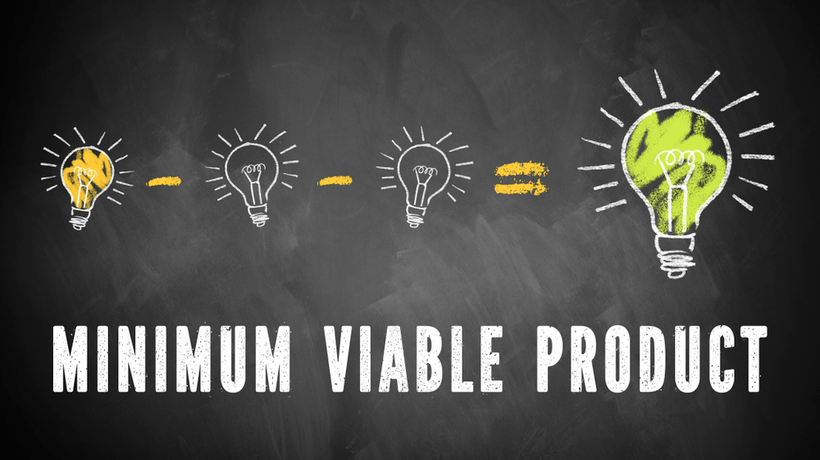What Is A Minimum Viable Product?
Minimum Viable Product (MVP) is an already established concept of developing new products fast in order to reduce the time-to-market period. Many business development consultants and software developers swear by it, but there are voices that say the concept of MVP is now irrelevant, as end-customers are looking for fully-featured products and not work-in-progress product offerings.
As we see a good number of startups releasing products fast and then failing as fast as they have appeared, we should explore the viability of the MVP concept in the part of product quality and customer expectations toward new products.
Is Faster Development Better?
As the MVP concept has proven itself to be successful in the past and as it still works for many startups today, this makes many founders repeat as a mantra that minimum viable product development is the core of agile and lean development.
The accepted view is that you build an MVP by adding new features and tweaking functionalities on the go and by collecting continuous feedback from your customers to expand the MVP into a fully-featured product. This concept might not work anymore for many products since consumers now have a wider set of choices and a new generation of end users is expecting a new product to be a finished one.
Of course, if you have a unique product idea and this product really solves a problem, you are good to go for an MVP, as you cannot be fully aware of what extra functionality your customers will need. Faster product development and release are justified in such cases, but you need to bear in mind that without proper and analyzable feedback you face the risk of developing the wrong functions for the wrong reasons.
If you are able to collect and analyze reliable feedback data from your customers, then the MVP concept will work for you.
The Catch Of The “Minimum” Product
Having an idea of how to improve an existing product does not mean an MVP will work for you. Competing with existing products by competitors by releasing an MVP that offers a few novel functions can turn into a disaster as your competitors are working on improving the product as well. In this case, it is better to hit the market running by unveiling a complete product that, although similar to existing products, offers a full set of existing and new features and has a complete look.
In any case, you cannot afford to stick to a “minimum” product as competition in most markets asks for “viable” products. You need to develop your product really fast if you bet on an MVP in a crowded market.
Making MVP Work For You
You need not regard MVP as a universal approach and method but as a tool to speed up the development of a viable product idea and attract financial backing in the process.
Startups will less initial funds can use the development of an MVP as a stepping-stone for attracting a critical number of customers and then reach out to investors to help back them with further product development.
If you manage to show investors metrics demonstrating that you have 30% growth of user onboarding a month, there is a good chance they will be interested in your product. In this case, you need also to have an MVP where user acquisition costs are lower than your earnings per user (i.e., you need to make some profit from your MVP or at least break even).
One method to get it right is to focus on designing a perfect UI/UX and pay attention to the innovative functions you offer. This way, you have a better chance of ending up with a viable product and not just a minimum product offering.
You can also use pieces of ready-made code to speed up the process of product development and time-to-market, but this will not work in the long term as costs for maintaining third-party programming code are higher.
When Using MVP Is A Bad Idea
Overall, you develop an MVP when you have a unique product idea and want to enter the market as early as possible. Localizing an existing product through the means of MVP is a bad idea in the same way it is a bad idea to develop an MVP if you have a service that performs well.
The development of minimum viable products is tricky since you need to find the perfect balance between the minimum and viable while your MVP is destined to fail if it does not offer unique features and/or functionalities.
Give a call to developers if you are unsure whether you need to develop an MVP for your product or service idea.









